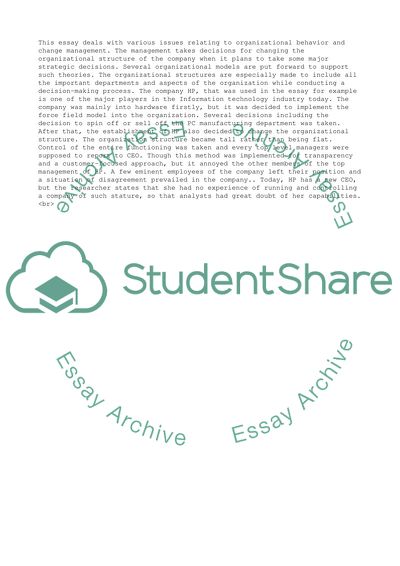Cite this document
(“Change Strategies: Critical Review and Application in HP Company Essay”, n.d.)
Change Strategies: Critical Review and Application in HP Company Essay. Retrieved from https://studentshare.org/management/1451987-change-strategies-critical-review-and-application-in-hp-company
Change Strategies: Critical Review and Application in HP Company Essay. Retrieved from https://studentshare.org/management/1451987-change-strategies-critical-review-and-application-in-hp-company
(Change Strategies: Critical Review and Application in HP Company Essay)
Change Strategies: Critical Review and Application in HP Company Essay. https://studentshare.org/management/1451987-change-strategies-critical-review-and-application-in-hp-company.
Change Strategies: Critical Review and Application in HP Company Essay. https://studentshare.org/management/1451987-change-strategies-critical-review-and-application-in-hp-company.
“Change Strategies: Critical Review and Application in HP Company Essay”, n.d. https://studentshare.org/management/1451987-change-strategies-critical-review-and-application-in-hp-company.


